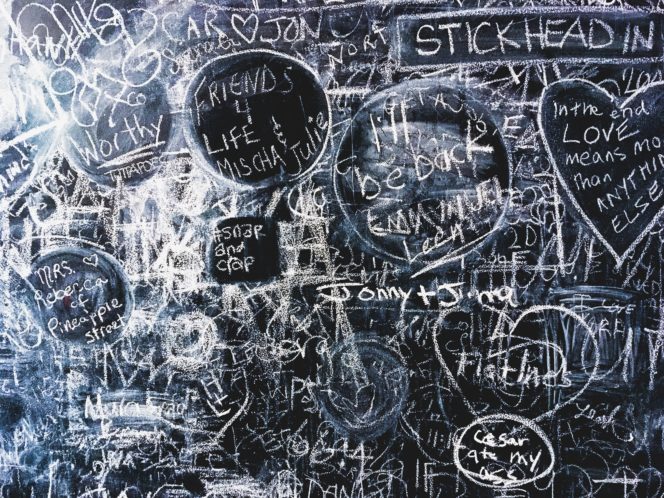
One of the greatest challenges of being a Suzuki teacher is attempting to explain the Suzuki Method quickly and clearly.
The method is unlike others, especially other music methods, and therefore it can be MOST difficult to explain Suzuki to another musician, or parent with musical background.
Earlier this semester I had to do just that. I was assigned to teach a day of Strings Class — a course I TA for at Ithaca College– exclusively on the Suzuki Method. The students in our class are incredibly proficient non-string players (winds, brass, percussion, voice, piano) who are either majoring or double majoring in music education. The course is designed to give an overview of string technique and pedagogy while the students learn the basics on violin, viola, cello and bass.
I thought long and hard about how I was going to teach this class.
I wanted to capture the depth of the method alongside its practicality. I wanted to show how beautifully it is sequenced and well thought out for violinists, but how easily the approach could be mapped to any instrument or skill.
I knew we needed to discuss the following core principles of Suzuki
– every child can
– robust learning environment (like that of language)
– set repertoire and emphasis on review
– home practice + lesson with teacher + group class with peers
– knowledge + 10,000 reps = skill
I also knew that I was talking to musicians with a background in education, and would need to address the following
– the Suzuki METHOD is a misnomer, this is a PHILOSOPHY of education
– the standardization of rep is liberating, teachers learn so well they can meet the unique needs of every student
– skills are learned through repertoire not exercises or etudes
– starting at 3 gives you time to lay an incredible foundation (one year on twinkle!), but requires incredible creativity in order to keep students engaged, active, and creative
– reading IS delayed and taught on a different track than playing (just like language)
– this philosophy can be mapped onto any instrument, or ANY skill! (Poetry, math, horseback riding)
– the mastery of skills are being used to teach nobility, character, heart– playing the violin is just a byproduct
I wanted my students in Strings Class to be able to articulate these points by the end of class, but also have a real experience of what the Suzuki Method looks and feels like. I wanted to do a lengthy simulation of a pre-twinkle group class which would reinforce their bow skills while giving them a kinesthetic connection to the philosophy, and give them something to break down and analyze on the backside of class.
So, here was the class flow.
– 0:00 Grounding question: “What is Suzuki?”
– 0:01 What the method looks liked (video), with a bit of historical background (who, when, where)
– 0:05 Suzuki’s pedagogical creed
– 0:07 The basics of the method as applied to violin (first year, LH development, RH development, Repertoire)
– 0:12 This is a PHILOSOPHY, not a METHOD
– 0:15 Pre-Twinkle Simulation
– 0:35 Discussion of aspects of philosophy as experienced in simulation
– 0:45 Highlight aspects of philosophy (slides)
– 0:47 Return to “What is Suzuki?”
– 0:48 Emphasis of character/nobility/heart, not _________.
I used an entry 50 minute college class to get my points across, but I think I would use a similar flow if just having a casual conversation with another music colleague or an inquiring parent.
If someone asks, “What is Suzuki?” You can respond with…
1) Suzuki was a man from Japan who developed method post WWII
2) He believed every child could learn if set up in the right environment
3) You begin young and teach skills very incrementally, so you’ll see students playing at first with box violins and dowel rod bows. There is a common repertoire so students can play together. The teacher knows the repertoire (and skills taught therein) so well that they can teach in a way uniquely tailored to each student
4) The specifics as applied to the violin are just one tiny part of Suzuki, what is beautiful is the way he theorized an entire philosophy of learning which supports the skill actually becoming embedded in the child
5) Ask the colleague/parent if they have any experience working incredibly slowly to build skill naturally (art, programming, writing, sport). Figure out how that is related to Suzuki philosophy
6) Touch on review, diverse group classes, and parent involvement
7) Emphasize the reason for the method and philosophy (or any sort of skill building) is just to develop character
I hope this is a helpful flow to use when speaking to other musicians about Suzuki. The clearer we can articulate our unique approach– especially to musicians– the more of a chance we have for the philosophy to spread.

Leave a Reply